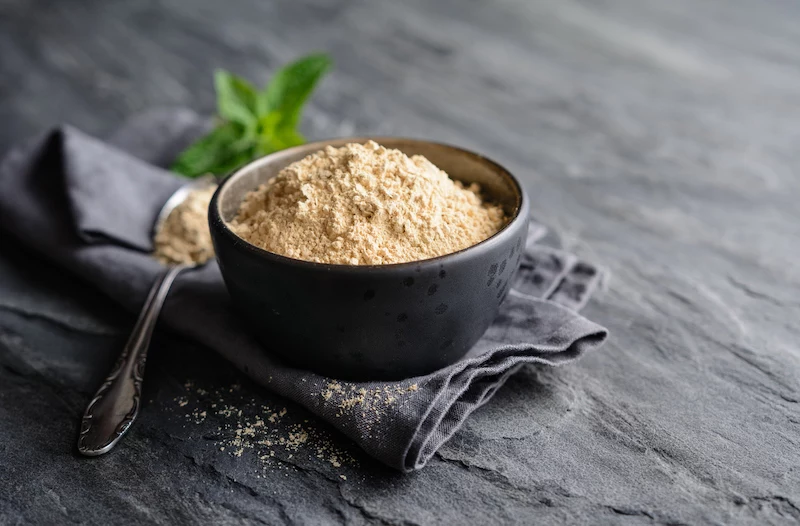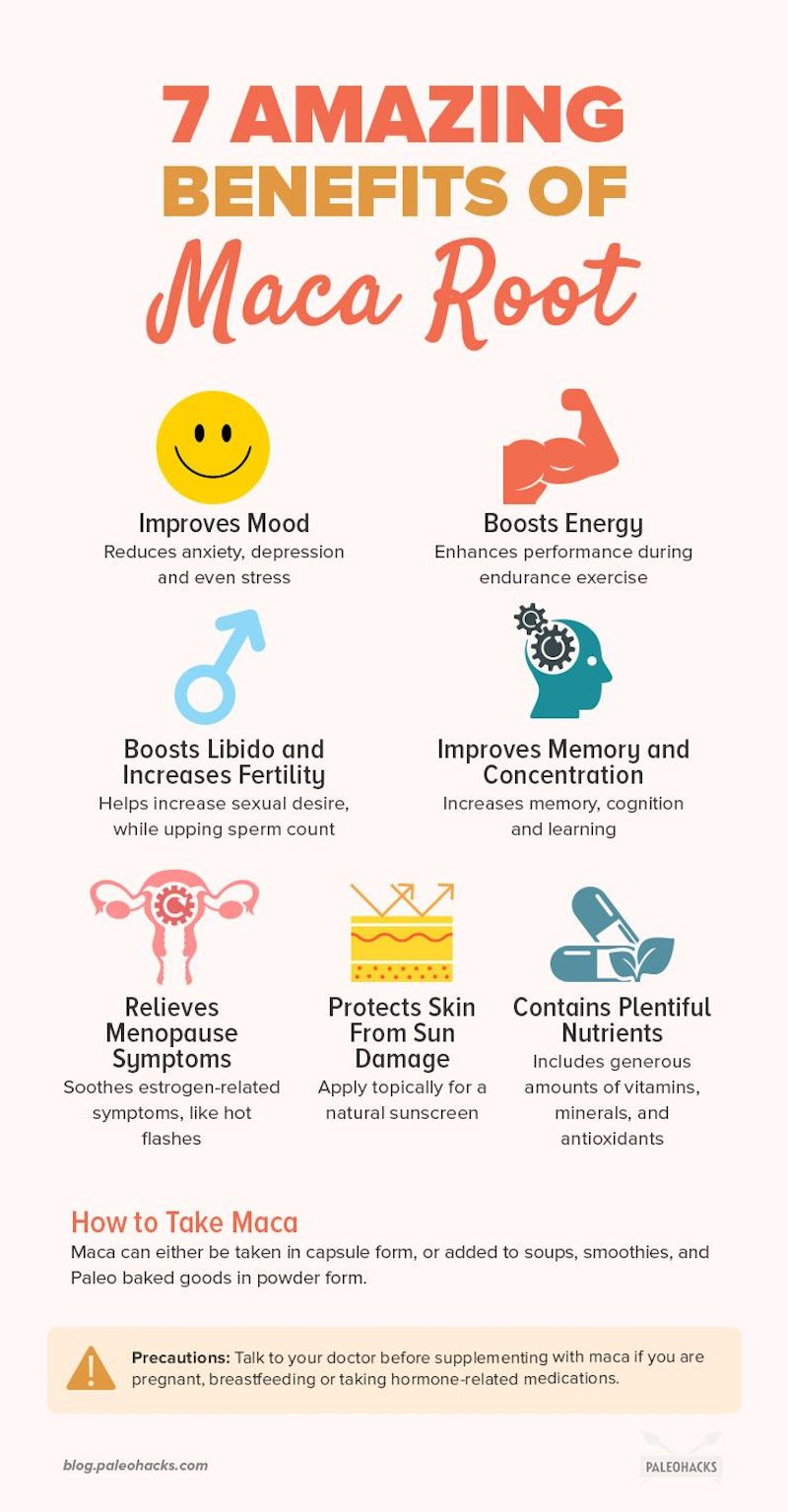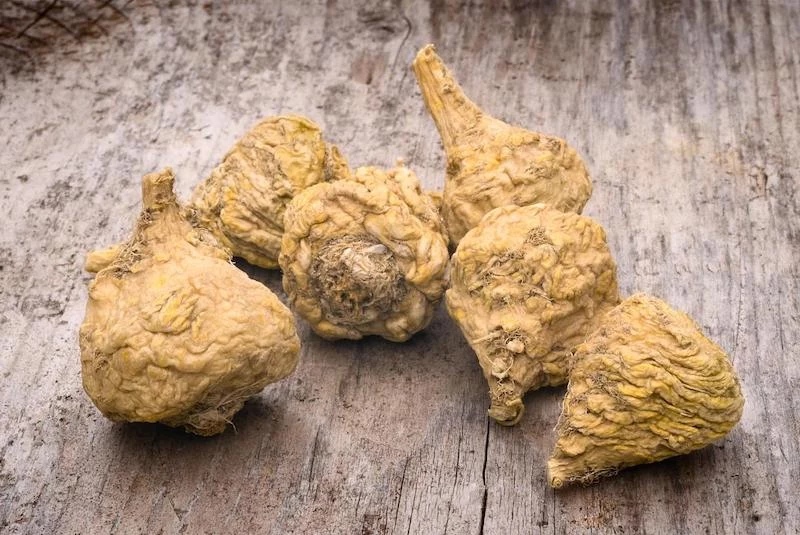Thinking About Trying Maca? Here’s What You Actually Need to Know
So, you’ve probably seen maca root popping up everywhere. It’s in those fancy lattes at the health café and all over wellness blogs, often touted as some new miracle “superfood.” But here’s the thing: maca is anything but new. It’s a seriously resilient food that has been a staple for people living in the high Andes for ages, thriving in one of the planet’s most challenging environments. It’s food first, medicine second.
In this article
A lot of people hear it’s good for energy or libido, grab the first cheap powder they see online, and then wonder why they feel… well, gassy. My goal here is to give you the practical, real-world info you need to do it right. We’re going to cover what makes authentic maca special, how to choose a good one, and how to use it so you actually feel the benefits. This is the stuff that matters.
First Things First: Where It Comes From Matters. A Lot.
You can’t really get maca until you get where it grows. We’re talking about the Junín plateau in the Peruvian Andes, way up at altitudes over 13,000 feet. I mean, the conditions there are intense. The soil is rocky, the winds are relentless, and the UV radiation from the sun is no joke. The temperature can swing from freezing to scorching hot in a single day.

But that constant stress is exactly what makes maca so powerful. A plant, just like a person, has to create special compounds to protect itself and survive. And those are the very compounds that our bodies find so beneficial. The intense sun makes it produce protective phytonutrients, and the poor soil forces it to pack itself with minerals. This is why maca grown in other places, like China, just doesn’t have the same kick. Its power is literally tied to its ancestral home.
It’s a non-negotiable for quality. If the bag doesn’t proudly say it’s from Peru (specifically the Junín region), I’d just leave it on the shelf.
The 3 Colors of Maca: Which One’s for You?
When you start shopping, you’ll see three main colors: yellow, red, and black. They aren’t different species, just different varieties that grow from the same seed batch, kind of like how you can have different colored carrots. They each have a slightly different vibe.

- Yellow Maca: This is the most common one, making up the bulk of the harvest. Think of it as your all-purpose, daily driver maca. It’s great for general wellness, a gentle energy boost, and hormone balance. It has a pretty mild, malty flavor. If you’re a beginner, this is a perfect place to start.
- Red Maca: A bit rarer, red maca is known for having the sweetest and most pleasant taste of the three. Many pros recommend it for female-specific concerns like hormonal balance, especially during perimenopause and menopause. It’s also the one most studied for supporting bone density.
- Black Maca: This is the rarest of the bunch and has a stronger, more earthy flavor. Traditionally, it’s considered the powerhouse for stamina and energy. You’ll often hear it called “men’s maca” because of studies pointing to its benefits for sperm production and motility, but it’s fantastic for anyone looking for support with mental focus and memory.

Raw vs. Gelatinized: The Most Important Choice You’ll Make
Okay, this is critical. When you buy maca powder, you’ll see “raw” and “gelatinized.” Please, please pay attention to this part. In its homeland, nobody eats maca raw. It’s always cooked, usually by boiling or roasting.
Here’s the breakdown:
- Raw Maca Powder: This is just the dried root ground up. It’s full of dense starches that can be really tough on your digestive system. For a lot of people, this leads to gas, bloating, and an upset stomach. Honestly, this is the number one reason people try maca once and quit.
- Gelatinized Maca Powder: The name is confusing—it has nothing to do with gelatin. Gelatinization is just a gentle heating process that mimics traditional cooking. It breaks down those heavy starches, making all the good stuff way easier for your body to absorb. It’s more concentrated and much gentler on your gut.
To be frank, I almost always recommend gelatinized maca. It’s more potent, easier to digest, and a safer bet for long-term use. The difference is night and day.

How to Buy the Good Stuff (and What It Costs)
The market is flooded with junk, so you have to be a smart shopper. Here’s a quick checklist:
- Origin: The label must say it’s from the Junín region of Peru. No exceptions.
- Processing: Look for certified organic and gelatinized.
- Ethics: If you can, choose brands that are Fair Trade certified. This means the farmers who grow this amazing crop get paid a fair wage for their hard work.
- Smell Test: This is a great pro tip. Good gelatinized maca has a pleasant, distinct smell—kind of nutty, malty, or like butterscotch. If it smells like dirt or just stale, the quality is probably low.
Good to know: So, what should you expect to pay? You don’t have to break the bank, but the super-cheap stuff is cheap for a reason. For a high-quality, organic, gelatinized maca powder, expect to pay somewhere between $20 and $40 for an 8oz (227g) bag. That might sound like a lot, but a bag that size will last you well over a month, maybe even two, when you’re just starting out.

How to Actually Use Maca (and Feel a Difference)
The absolute key with maca is consistency. It’s a food, not a drug. You probably won’t feel a huge jolt on day one. The benefits build up slowly over a few weeks as it nourishes your system.
Your Dosing Strategy: Start Low, Go Slow
For a beginner, just start with one level teaspoon of gelatinized powder a day (that’s about 3-5 grams). Take it in the morning—it can be a bit energizing, so it might mess with your sleep if you take it too late. Stick with that dose for a solid week and see how you feel.
If all is well, you can slowly work your way up to two or three teaspoons a day. It’s also a good idea to cycle it. A common method is taking it for five or six days and then taking a day or two off. This little break helps keep it effective over the long haul.

Quick Tip: Let’s Make Your First Maca Latte!
This is the easiest, tastiest way to get started. Seriously, try this tomorrow morning:
- Gently warm up 1 cup of your favorite milk (almond, oat, and coconut are all great).
- Pour the warm milk into a blender with 1 tsp of gelatinized maca, a dash of cinnamon, and a tiny splash of vanilla extract. A teaspoon of maple syrup or a date can add a little sweetness.
- Blend for 20 seconds until frothy and enjoy!
It also mixes great into oatmeal, yogurt, and especially smoothies with banana and nut butter.
Oh yeah, I have a client who’s a marathon runner. He swears by his pre-run shot. It’s simple: 1 tsp Black Maca, 4oz of beetroot juice, and a pinch of sea salt. He says it gives him steady energy without any crash.
Heads Up: A Serious Note on Safety
Maca is incredibly safe for most people when you use it correctly, but it’s not for everyone. A trustworthy guide is always transparent about the risks.

When to Be Cautious or Talk to a Doctor FIRST:
- Hormone-Sensitive Conditions: This includes things like breast, ovarian, or uterine cancer, as well as endometriosis or uterine fibroids. While maca doesn’t contain hormones, it works on your endocrine system. It’s best to avoid it in these cases unless cleared by your doctor. The risk just isn’t worth it.
- Thyroid Conditions: Remember how maca is related to broccoli? It contains compounds that, in their raw form, can interfere with your thyroid’s function, especially if you have an iodine deficiency. The risk is much, much lower with gelatinized maca, but if you have a known thyroid issue, this is a mandatory conversation to have with your healthcare provider.
- Pregnancy and Breastfeeding: There just isn’t enough safety data here. The golden rule is to do no harm, so I’d recommend avoiding it completely during this time.
Troubleshooting Common Issues:
- Problem: Feeling bloated or gassy?
Solution: You’re almost certainly using raw maca. The fix is easy—switch to gelatinized powder. This solves the issue for nearly everyone. - Problem: Feeling jittery or a bit too “wired”?
Solution: You took too much or had it too late in the day. Cut your dose in half and always take it before noon. - Problem: Minor skin breakouts or changes in your cycle?
Solution: This can happen right at the beginning as your hormones adjust. It’s usually temporary and another great reason to start with a very low dose. It should calm down after a couple of weeks.

A Final Thought…
Maca is a pretty amazing food. It asks for a little patience and consistency, but it pays you back by helping your body become more resilient from the inside out. Treat it with respect. Source it well, always choose the gelatinized form, start with a small dose, and listen to your body. When you do that, it can be an incredible ally for your energy and vitality.
Inspirational Gallery


Feeling bloated after your first few tries? The culprit might be the type of maca you’re using.
The distinction between raw and gelatinized maca is key. Raw maca contains all its enzymes but also tough starches that can be hard on the digestive system. Gelatinized maca, on the other hand, has been lightly heated to remove these starches. This process not only makes it much easier to digest but also concentrates many of the active nutrients. If you have a sensitive stomach, starting with a gelatinized powder from a reputable brand like The Maca Team is a smart move.

There’s a reason maca is often paired with cacao: its flavor profile is naturally malty and nutty, with hints of butterscotch.
Instead of masking its taste, lean into it. Maca powder’s earthy sweetness is a perfect complement to morning smoothies with banana and almond butter, a bowl of oatmeal sprinkled with cinnamon, or even mixed into the batter for pancakes or healthy muffins. Think of it as a flavor enhancer, not just a supplement.

Yellow Maca: The most common and affordable type, known for its general hormone-balancing and energy-boosting effects. A great all-rounder for daily use.
Black Maca: The rarest variety, often called “men’s maca.” Studies suggest it’s particularly effective for boosting male libido, memory, and concentration.
While the differences are subtle, choosing based on your primary goal can help you get the most out of your experience.
Ready to make it a daily habit? It’s easier than you think.
- Blend a teaspoon into your post-workout protein shake.
- Stir it directly into a cup of coffee for an ‘maca-latte’ without the café price tag.
- Whisk it into a simple vinaigrette with olive oil, lemon, and a touch of honey for a nutrient-dense salad dressing.
- Add it to no-bake energy balls with dates and nuts for a perfect afternoon pick-me-up.










